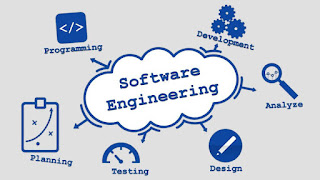Software
Software is a set of instructions, data or programs used to operate computers and execute specific tasks. Opposite of hardware, which describes the physical aspects of a computer, software is a generic term used to refer to applications, scripts and programs that run on a device. Software can be thought of as the variable part of a computer, and hardware the invariable part.
Software is often divided into categories. Application software refers to user-downloaded programs that fulfill a want or need. Examples of applications include office suites, database programs, web browsers, word processors, software development tools, image editors and communication platforms.
System software includes operating systems and any program that supports application software.

Comments
Post a Comment